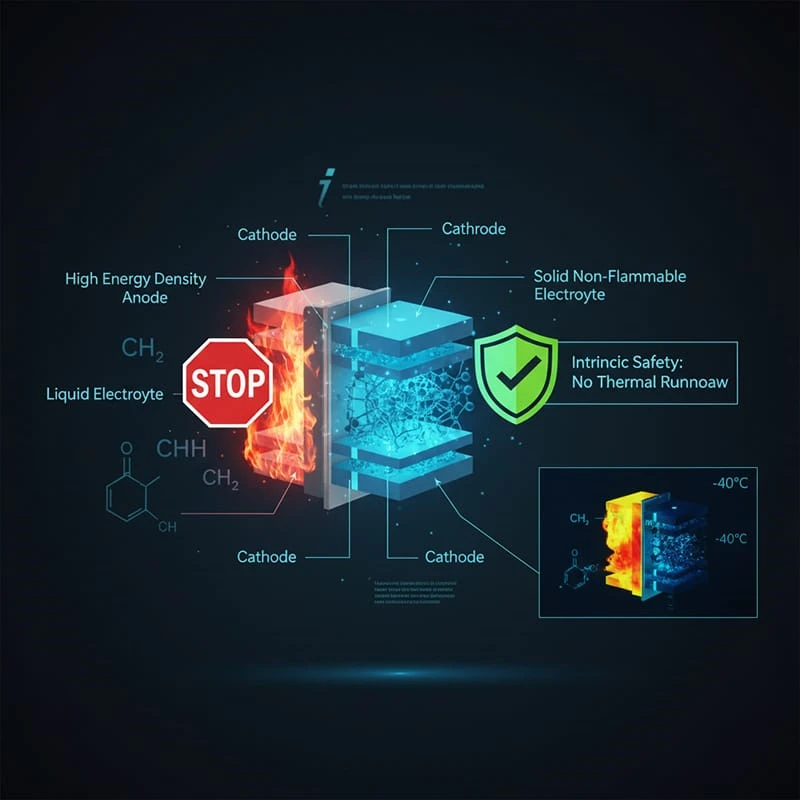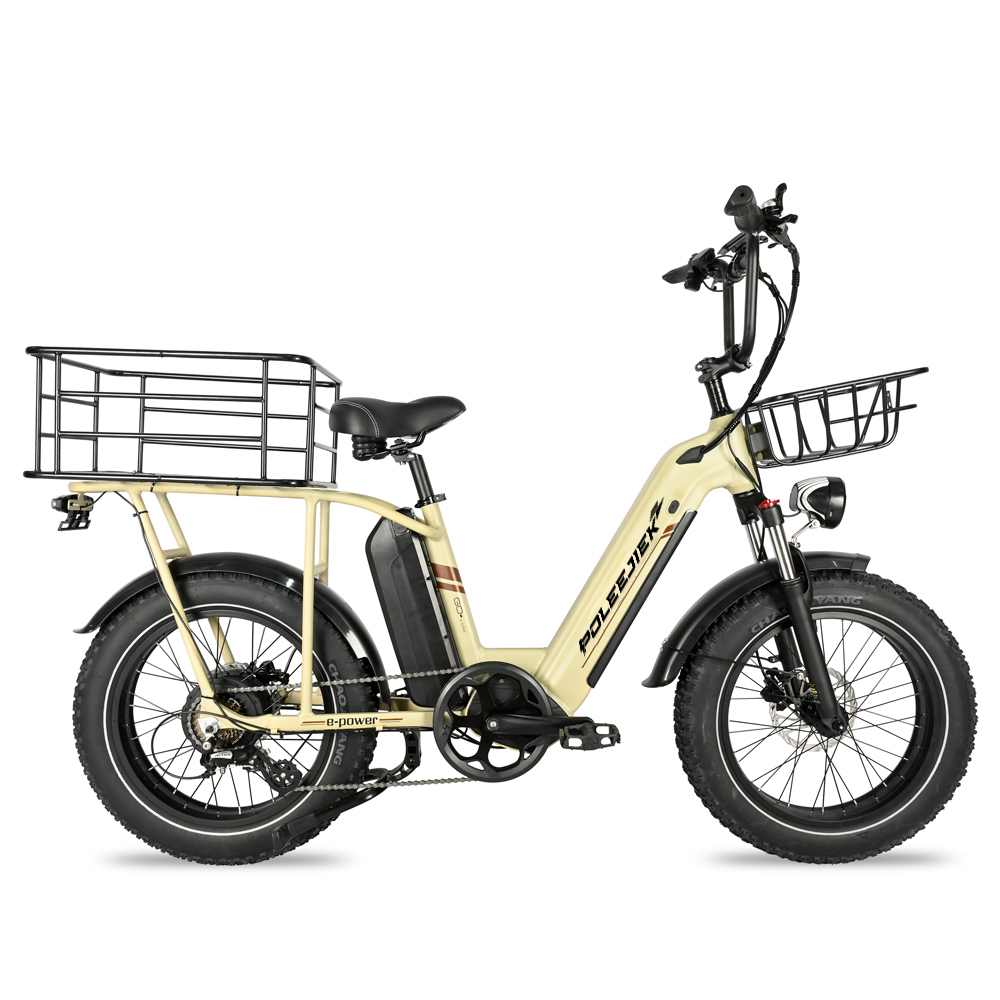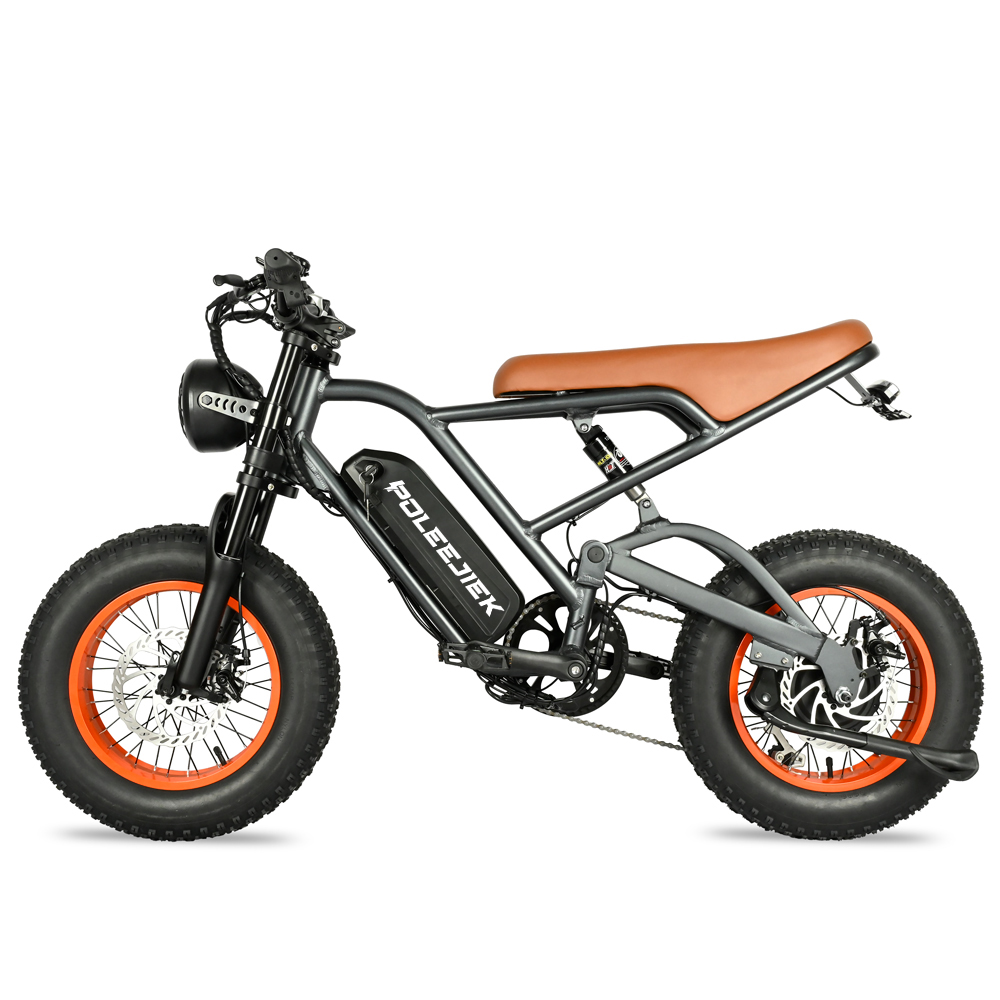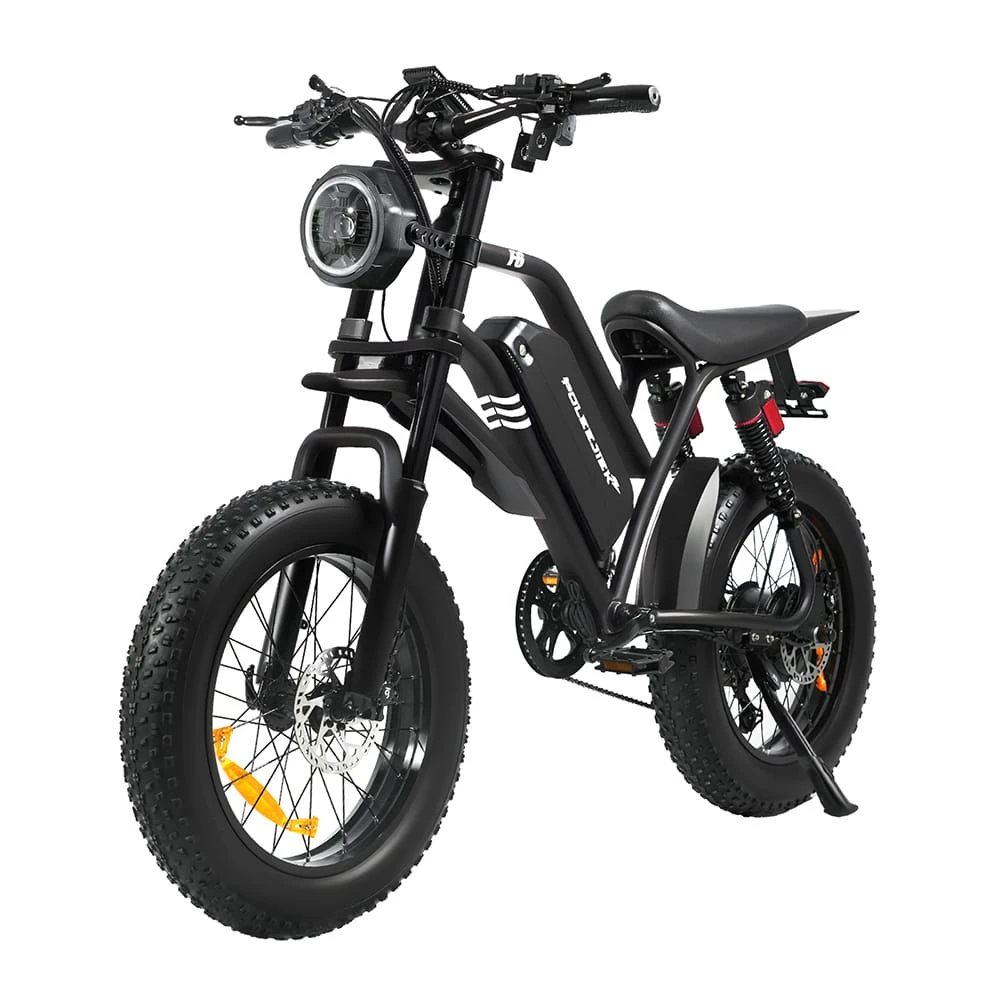Solid-State Batteries: The E-Bike Safety & Range Revolution

Solid-state batteries are seeing new progress. According to a report from CCTV, a representative from the China Electric Vehicle 100 (China EV100) stated that all-solid-state batteries are expected to be integrated into vehicles by 2027 and achieve mass production by 2030.
While the concept has been a hot topic for years, industrialization has been stalled by material and cost challenges. Recently, however, several Chinese research teams have made significant breakthroughs in key technologies, accelerating the commercialization process.
This news has sparked talk of an impending change to the rules of the EV industry. But the significance of this breakthrough extends far beyond cars. In the broader electric mobility sector, this battery technology breakthrough promises new opportunities for all types of products, including micromobility.
Key Takeaways
-
Mass Production Timeline: All-solid-state batteries are projected to be in vehicles by 2027 and reach mass production by 2030.
-
Core Benefit: Safety. They replace the flammable liquid electrolyte with a solid, non-flammable material. This "intrinsically safe" design could virtually eliminate the risk of thermal runaway and fires that plague traditional e-bike batteries.
-
Performance Leap: Theoretical energy density could reach 400-500 Wh/kg, a 30%+ improvement over the best current liquid cells. This could double an e-bike's range or make the battery over 40% smaller and lighter.
-
All-Weather Capability: Solid-state batteries solve the "winter range anxiety" problem. They can operate stably at -40°C, retaining over 80% of their capacity, unlike liquid batteries that can lose 30-50% in the cold.
-
Gradual Adoption: Due to high initial costs, solid-state batteries will likely appear in premium applications (like eVTOLs, high-end EVs, or the best electric dirt bike models) first, before reaching the mass market.
What is a solid-state battery, and Why is it a Big Deal?
In simple terms, a solid-state battery is still a member of the lithium-ion battery family, but it’s different from the common lithium-ion batteries on the market today.
It replaces the "liquid" electrolyte—a critical component in current batteries—with a "solid" material. This change in medium, though it sounds simple, is poised to trigger a disruptive revolution.
Compared to liquid batteries, solid-state batteries have numerous advantages: they don't have thermal runaway risk, making them far safer; they have higher energy density for longer range; and they can adapt to extreme environments and charge faster. This means the traditional flaws of lithium-ion batteries—safety hazards, range bottlenecks, and cycle life—could all be improved.
The micromobility industry, which relies on lithium-ion power, has long been plagued by these same defects. So, what changes will this "next-generation energy revolution" bring?
The Ace Card of Solid-State: Safety

Safety is the ace card for solid-state batteries. Take the industry's mainstream product, the electric bicycle, as an example. It's at a critical tipping point: on one side, a massive market and rigid user demand for convenient travel; on the other, frequent safety accidents.
In recent years, fires caused by e-bike batteries have been common. According to statistics, in 2024, lithium battery thermal runaway accounted for a staggering 91.7% of all e-bike fire accidents in the nation.
The E-bike market in Europe and the US has followed a different path, showing clear trends toward high-end, diversified products. From urban commuting to mountain biking and cargo E-bikes, the consumer market is expanding, and customers are demanding more from battery range, life, and safety.
However, safety hazards haven't disappeared with market maturity. According to the US National Fire Protection Association (NFPA), fires caused by micromobility devices like e-bikes and e-scooters have risen significantly, prompting cities like New York to enact new regulations for E-bike battery safety certification.
Against this backdrop, every brand is searching for the next technological breakthrough to build a product moat. Solid-state batteries, due to their intrinsic safety and high performance, may be the "answer" that satisfies both.
Lithium battery thermal runaway is often caused by internal short circuits, overcharging, or high temperatures, with the flammable electrolyte creating combustible gases that accelerate the risk. Solid-state batteries replace this liquid with a solid, non-flammable electrolyte, eliminating the root cause of the fire risk from the ground up.
Ending User "Range Anxiety"
In the mobility market, safety is the bottom line, but range is the demonstration of "hard power." For a long time, battery weight, size, and density have been the key constraints holding back EV products.
Currently, the two most common battery types in electric mobility are LFP (110 Wh/kg) and NCM (200 Wh/kg). Some high-end E-bikes use 21700 high-energy-density NCM cells, which are typically around 240-300 Wh/kg. In contrast, all-solid-state batteries have a theoretical energy density of 400-500 Wh/kg, a 30% or more increase over traditional liquid batteries.
|
Battery Type |
Energy Density (Wh/kg) |
Key Characteristic |
|---|---|---|
|
LFP (Lithium Iron Phosphate) |
~110 Wh/kg |
Standard, stable |
|
NCM (Liquid) 21700 Cells |
~240-300 Wh/kg |
High-performance liquid |
|
All-Solid-State (Theoretical) |
~400-500 Wh/kg |
Ultra-high density, safe |
Based on these figures, for a battery of the same volume, solid-state technology could double an e-bike's range. A city commuter e-bike could go from 80-120 km to 150-250 km, and electric motorcycles could exceed 300 km. For the same range, the battery could be over 40% smaller, balancing "long range" with "lightweight" design—this is especially valuable for models like the best fat tire electric bike, which often faces trade-offs between weight and range.
Beyond density, solid-state batteries also bring a critical breakthrough in temperature adaptation.
In winter, "range anxiety" becomes the number one complaint for two-wheeled vehicle users. In low temperatures, a traditional lithium battery's capacity can shrink by 30-50%; a bike that normally gets 80 km might only get 50 km.
Solid-state batteries, however, have excellent low-temperature resistance, operating stably at -40°C while retaining over 80% of their discharge capacity. Even in frigid regions, electric mobility products could start normally and run at full range, breaking the "low-temp" limitations of traditional batteries.
Reshaping the Micromobility Market
For the micromobility industry, the arrival of all-solid-state batteries will reshape every market segment.
-
High-performance sport E-bikes, like a powerful electric dirt bike, will no longer have to compromise between battery weight and range. Long-distance enthusiasts could carry smaller batteries for multi-day journeys.
-
Urban commuter vehicles, such as a fat tire electric bike, will become lighter, making them easier for all users, including women and the elderly, who will no longer struggle with heavy batteries.
-
Shared e-bike operators will see operating costs plummet due to extended battery life and enhanced safety, making battery-swap models easier to promote.
-
The last-mile delivery industry will benefit, as riders will no longer have their efficiency impacted by long charging times or worry about battery performance dropping in bad weather.
The Cost Hurdle and Realistic Timeline
Despite the high expectations, solid-state battery technology remains controversial. While it promises higher safety and energy density, the prevailing view in the industry is that high costs will prevent widespread adoption in the mainstream two-wheeler market in the short term.
A representative from GAC's Juwan Tech predicted that due to high costs, solid-state batteries would likely be prioritized for applications like eVTOL aircraft and high-end electric vehicles first. For the e-bike market, mass application will likely come later, "depending on the speed of technological breakthroughs and supply chain maturation."
A representative from Xingheng Power shared a similar view, believing that solid-state batteries will initially serve "special scenarios" in the eBike field, such as ultra-long-range applications. At the same time, he offered reassurance to current consumers: with the technical level of today's top battery manufacturers, as long as consumers purchase compliant, big-brand lithium battery products, their safety is highly guaranteed.
In summary, a solid-state-driven evolution in micromobility is coming. The direction is clear, but the process will be gradual. As 2027 approaches, the micromobility industry stands on the eve of a technical revolution, and we will likely witness a complete innovation in electric mobility, from performance to experience.
FAQ
What is the main difference between solid-state and liquid lithium-ion batteries?
A solid-state battery replaces the flammable liquid electrolyte found in traditional batteries with a solid, non-flammable material. This core change is what makes it "intrinsically safe" and virtually eliminates the risk of fires from thermal runaway.
What is the biggest benefit for an e-bike user?
There are two major benefits: safety and performance. First, the fire risk is practically eliminated. Second, the energy density is much higher, meaning a fat tire ebike could potentially double its range, or the battery could be made significantly smaller and lighter for the same range.
Will solid-state batteries work in the winter?
Yes. This is a key breakthrough. Solid-state batteries can operate efficiently in extreme cold (down to -40°C), retaining over 80% of their capacity. This solves the common problem of liquid-ion batteries losing 30-50% of their range in cold weather.
When can I buy an e-bike with a solid-state battery?
-
Mass production is expected by 2030, with initial vehicle applications around 2027.
-
Due to high initial costs, they will likely appear in premium, high-performance models first—such as an electric dirt bike adult model or long-range touring bikes—before they become common in standard commuter bikes.






